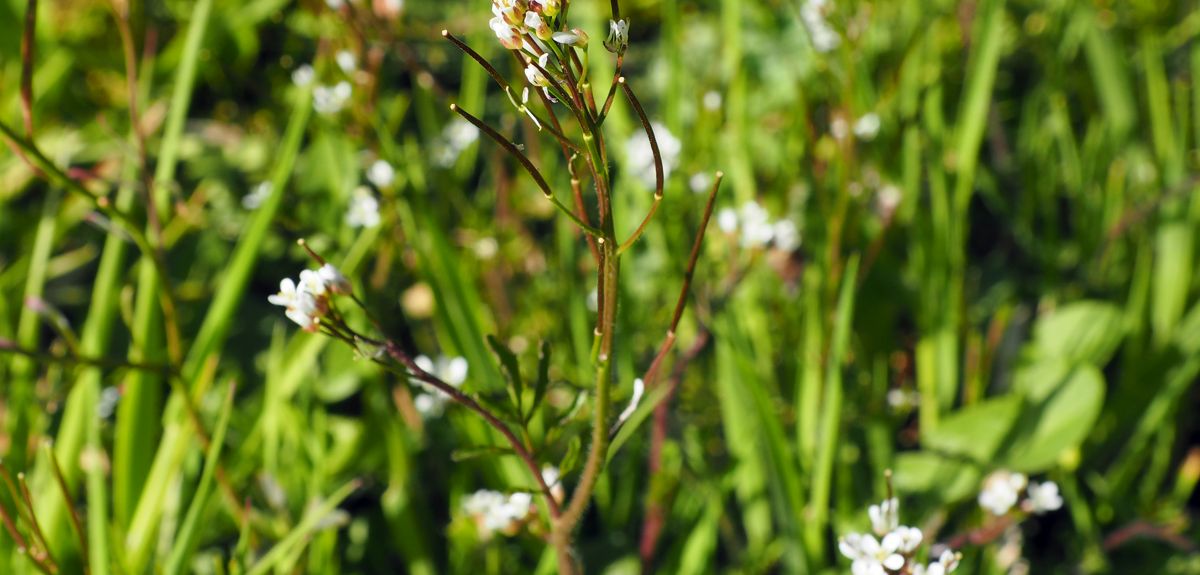
Image credit: Shutterstock
Exploding myths about seed dispersal
This blog post is adapted from an article published by the Max Planck Institute for Plant Breeding Research.
Plants use many strategies to disperse their seeds, but among the most fascinating are exploding seed pods. Scientists had assumed that the energy to power these explosions was generated through the seed pods deforming as they dried out, but in the case of 'popping cress' (Cardamine hirsuta – a common garden weed) this turns out not to be the case. A new paper by an international group of researchers, published in the journal Cell, offers new insights into the biology and mechanics behind this process.
Several teams of scientists spanning different disciplines and countries, including Oxford mathematicians Alain Goriely and Derek Moulton, along with colleagues from Oxford's departments of Plant Sciences, Zoology and Engineering, worked together to discover how the seed pods of popping cress explode. A rapid movement like this is rare among plants: since plants do not have muscles, most movements in the plant kingdom are extremely slow. However, the explosive shatter of popping cress pods is so fast – an acceleration from 0 to 10 metres per second in about half a millisecond – that advanced high-speed cameras are required to see it.
The scientists, led by Angela Hay, a plant geneticist at the Max Planck Institute for Plant Breeding Research, discovered that the secret to explosive acceleration in popping cress is the evolutionary innovation of a fruit wall that can store elastic energy through growth and expansion and can rapidly release this energy at the right stage of development.
Previously, scientists had claimed that tension was generated by differential contraction of the inner and outer layers of the seed pod as it dried. So what puzzled the authors of the Cell paper was how popping cress pods explode while green and hydrated, rather than brown and dry. Their surprising discovery was that hydrated cells in the outer layer of the seed pod actually use their internal pressure in order to contract and generate tension.
The authors used a computational model of three-dimensional plant cells to show that when these cells are pressurized, they expand in depth while contracting in length – much like an air mattress does when inflated.
Another unexpected finding was an evolutionary novelty explaining how this energy is released. The authors found that the fruit wall seeks to coil along its length to release tension but is prevented from doing so by its curved cross-section. Professor Moulton said: 'This geometric constraint is also found in a toy called a slap bracelet. In both the toy and the seed pod, the cross-section first has to flatten before the tension is suddenly released by coiling.' Unexpectedly, this mechanism relies on a unique cell wall geometry in the seed pod. Professor Moulton added: 'This wall is shaped like a hinge, which can open, causing the fruit wall to flatten in cross-section and explosively coil.'
Emphasising the multidisciplinary, collaborative approach to this paper, Professor Goriely said: 'This approach was only made possible by combining state-of-the-art modelling techniques with biophysical measurements and biological experiments.'